Bihar becomes India’s first state to launch Mobile E-Voting for municipal polls via the e-SECBHR app, enabling secure, remote voting. This digital initiative boosts electoral inclusivity for seniors, differently-abled, and immobile citizens.

Mobile E-Voting is redefining the very fabric of electoral participation in India by bringing the ballot to voters’ fingertips. With the successful implementation of a mobile e-voting app in Bihar, the state has established itself as a pioneer in leveraging digital infrastructure to ensure greater accessibility and inclusiveness in democratic processes. On June 27, 2025, Bihar State Election Commissioner Deepak Prasad announced the commencement of Mobile E-Voting for the upcoming municipal elections in select districts—Patna, Rohtas, and East Champaran—scheduled for June 28, 2025.
This historic initiative enables voters, particularly senior citizens, differently-abled individuals, pregnant women, and other eligible but immobile populations, to cast their votes from the comfort of their homes using the Bihar e-Voting mobile app—a significant advancement under India’s broader digital governance mission.
Bihar becomes the first state to launch e-voting via a mobile app, with this system being used in six municipal councils. By doing so, Bihar joins Estonia as one of the very few regions globally to navigate an end-to-end mobile e-voting process. As of June 27, over 10,000 voters had registered for the initiative, and an estimated 50,000 are expected to cast their votes using the platform.
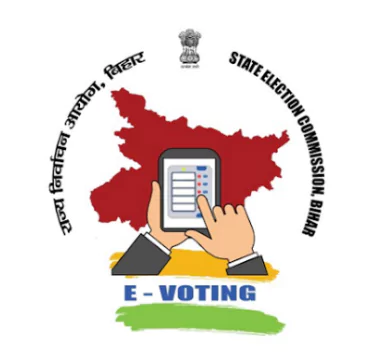
Source: sec.bihar.gov.in
Commissioner Deepak Prasad highlighted that while 70.20% of eligible voters used the e-voting in Bihar municipal elections, 54.63% still opted for traditional polling booths—indicating the beginning of a promising hybrid electoral future.
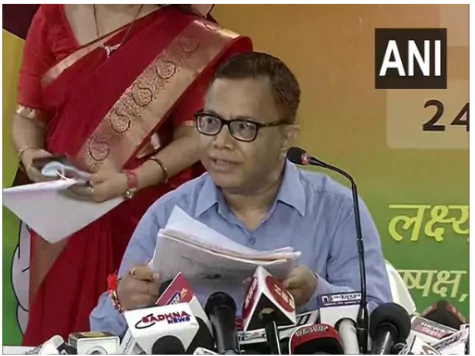
Source: ANI
The core of the e-Voting in Bihar municipal elections lies in the mobile application e-SECBHR, developed collaboratively by the Bihar State Election Commission and C-DAC. Currently available for Android devices, this mobile e-voting app facilitates secure, remote, and user-friendly voting.
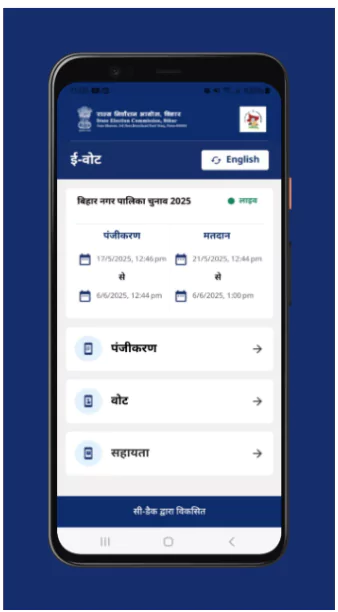
LOCAL SELF-GOVERNANCE IN INDIA
To participate in the Mobile E-Voting process in Bihar, voters must follow a set of authentication procedures to ensure legitimacy and security:
Step 1: Check Election Details
Verify the elections that are live and confirm the designated registration dates for your ward/constituency.
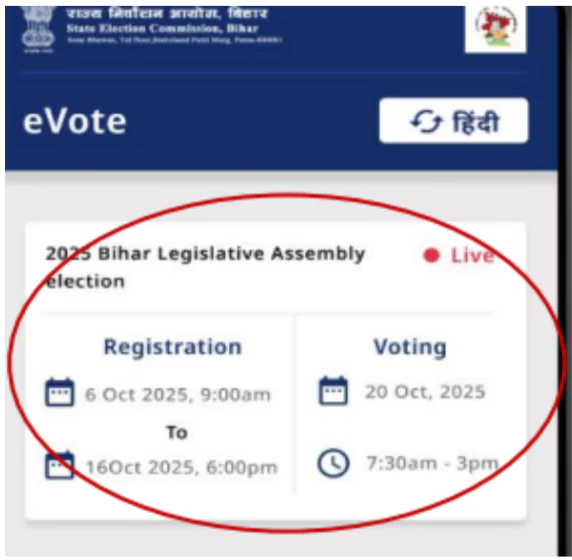
Step 2: Click on “Registration”
Select the “Registration” button on the home screen of the app to initiate your registration process.
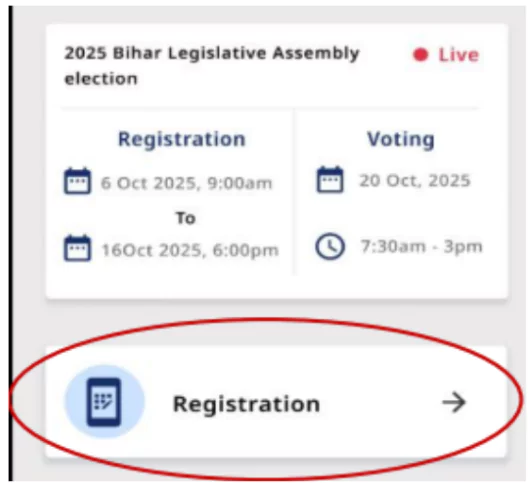
Step 3: Read Instructions
Carefully read the displayed instructions regarding registration and app usage. Click “OK” to proceed.
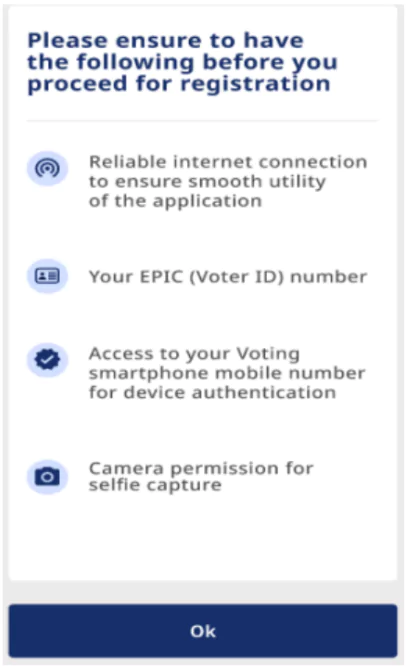
Step 4: Provide Consent for Data Sharing
Consent is mandatory to use the app services. Click on “Confirm” to provide your consent for data sharing.

Step 5: Voting Smartphone Verification
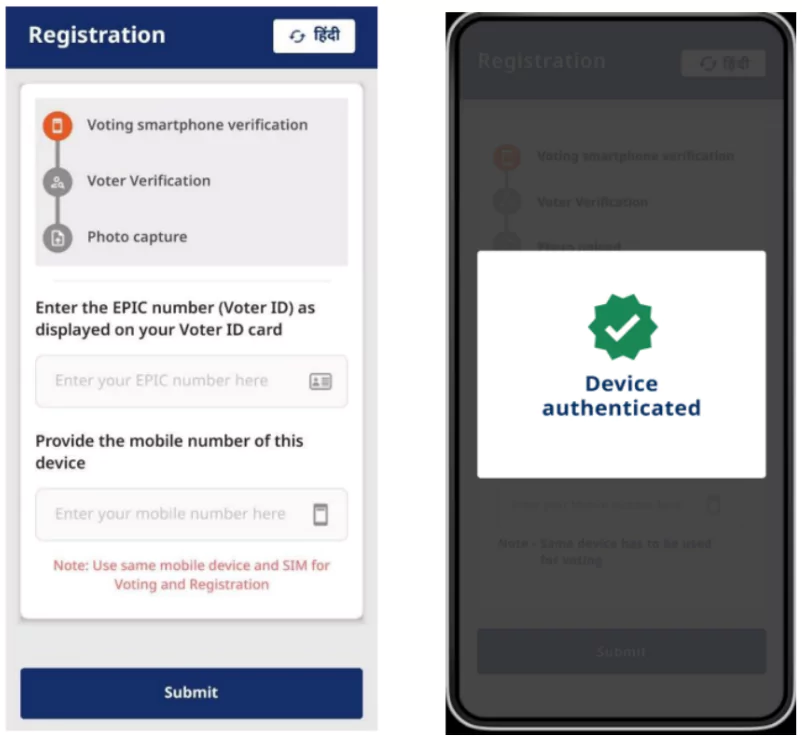
Step 6: Voter Verification
Your voter details will be displayed on the screen. Review and click “Confirm” if the details are correct, or “Deny” if they are incorrect.
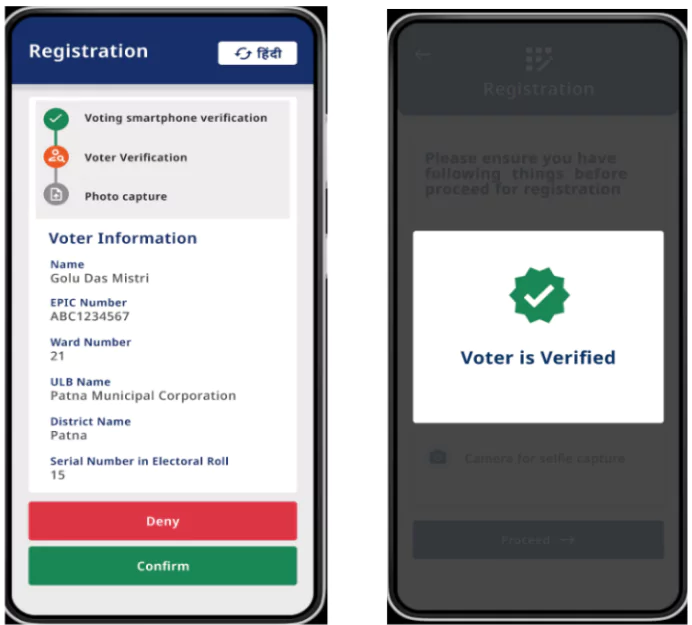
Step 7: Photo Capture (Selfie Authentication)
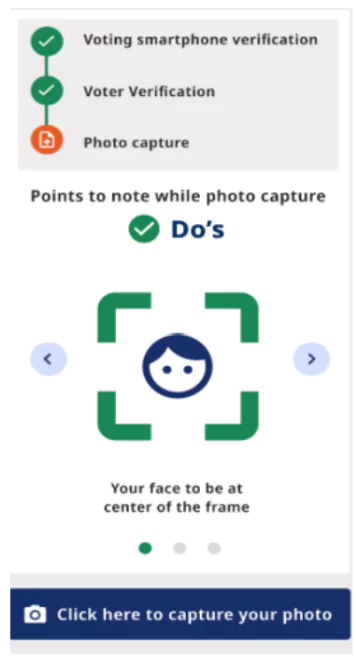
Step 8: Registration Confirmation
Upon successful verification and photo authentication:

As of June 27 evening, approximately 10,000 voters had registered, and an estimated 50,000 are expected to vote through this system.
Municipalities In Indian Polity
Understandably, the integration of mobile technology into Mobile E-Voting has raised concerns regarding tampering and data integrity. However, strong security features have been embedded into Bihar’s e-voting system to ensure a fair and transparent process:
Commissioner Prasad assured that these systems have been rigorously tested for security and are built to prevent any manipulation or breach.
The impact of the mobile e-voting system was palpable. According to official data:
These statistics not only signify user confidence in the digital system but also highlight its potential in increasing voter turnout and democratic inclusiveness.
While Mobile E-Voting is new in the context of public elections, e-voting has been a part of India’s corporate governance for several years. Authorised by the Ministry of Corporate Affairs, entities like NSDL provide secure e-voting platforms for shareholders and members during AGMs, EGMs, and Postal Ballots.
Corporate shareholders can vote using:
These platforms not only reduce administrative burdens but also ensure that investor voices are heard efficiently and securely.
The official e-voting platform, www.evotingindia.com, seeks to:
The Mobile E-Voting initiative in Bihar, although currently limited to municipal elections, sets the groundwork for potential future adoption in state assembly elections. However, as of now, there is no official confirmation on whether the same will be used for the October-November 2025 Assembly polls.
As Commissioner Prasad rightly pointed out, only Estonia has successfully implemented nationwide mobile e-voting in Europe. By launching this initiative, Bihar becomes the first Indian state to match international standards in digital electoral participation. It showcases India’s potential to lead global democratic innovation through technology.
To protect user privacy, the State Election Commission, Bihar, has established a detailed Privacy Policy governing the use of the eVoting SECBHR app. The policy ensures:
Users must consent to this policy when registering and are encouraged to review it on the official SEC Bihar website.
The launch of Mobile E-Voting in Bihar is not just a technological innovation but a step toward an inclusive, secure, and accessible democracy. As the first state to launch e-Voting via mobile app, Bihar has set a powerful example for other states and the central government. With proper scaling, continuous monitoring, and robust legal backing, this initiative has the potential to transform electoral participation in India.
The e-Voting in Bihar municipal elections represents a successful blend of technological advancement and democratic ethos, making it a commendable move in the country’s electoral history. The mobile e-voting app not only simplifies the voting process but also ensures that every citizen, regardless of physical constraints, can have their voice heard.
Ready to boost your UPSC 2025 preparation? Join PW’s UPSC online courses today!
The Bihar e-Voting mobile app, called e-SECBHR, allows eligible voters to cast their votes securely through their smartphones during municipal elections.
Voters register on the e-SECBHR app, verify identity via Voter ID, and cast votes remotely on polling day without visiting physical booths.
Bihar launched e-Voting to empower senior citizens, disabled individuals, and pregnant women who face difficulties in physically reaching polling stations.
Yes, Bihar is the first state to launch e-Voting via mobile app for municipal elections, setting a precedent in digital electoral reform.
The mobile e-voting app features blockchain security, facial recognition, voter ID verification, and audit trails to ensure transparent and secure voting.
Currently, the Bihar mobile e-voting app is limited to municipal elections; its use in Assembly elections has not been confirmed yet.

<div class="new-fform">
</div>
